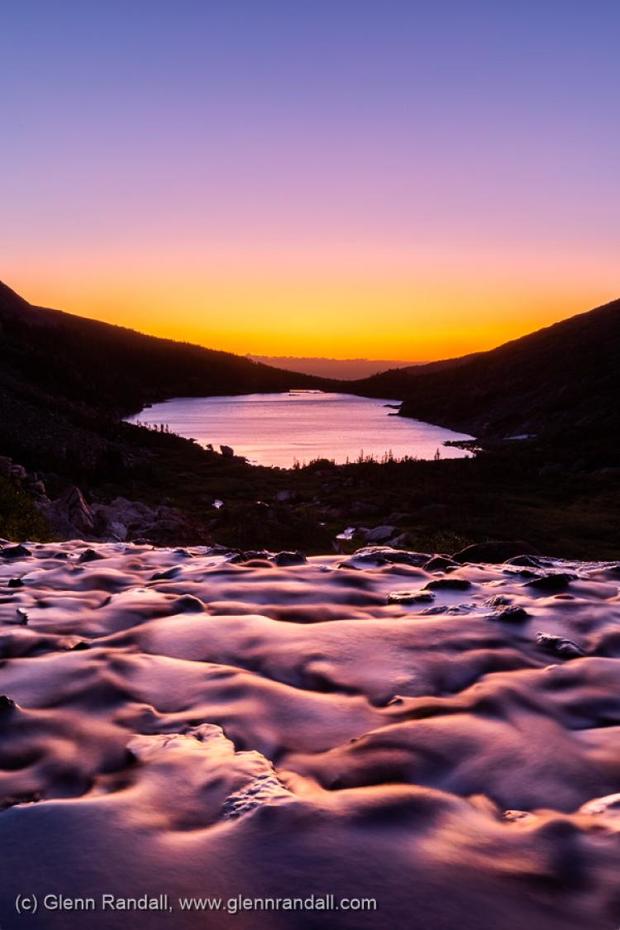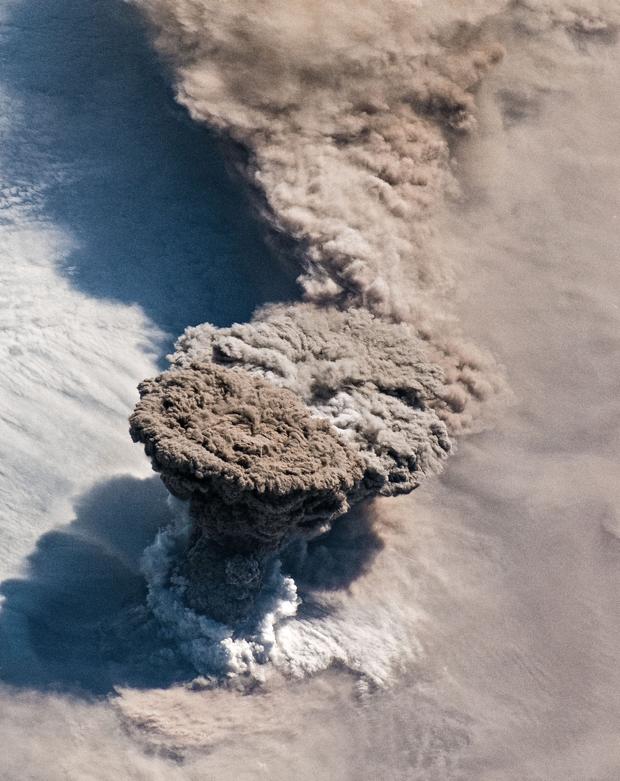Study: Purple Colorado Sky Caused By Raikoke, A Russian Volcano
BOULDER(CBS)- One of the best things about living in Colorado are the vibrant blue and orange sunsets we are treated to almost daily. But, if you have been keeping an eye on the rises and sets over the last few weeks you may have noticed that blue and orange joining forces with a purple haze! A purple shade that may be caused by a natural phenomenon happening in Russia.
Researchers from the University of Colorado Boulder have discovered a purple tint that has been noted in the Colorado sky is being produced by the eruption of a Russian volcano called Raikoke. This volcano erupted in the Kuril Islands of the eastern coastline of Russia on June 22 this past summer.
The CU scientists used high altitude balloons to pinpoint particles created by the eruption in the earth's stratosphere. The balloons can float more than 20 miles above the ground to measure volcanic ash and gases that have been spewed out by volcanoes.
What they found was a huge amount of sulfur dioxide gas blasting into the atmosphere creating a combination of dust and gases or aerosols that help to scatter sunlight and give the purple tint to our sunsets and sunrises. Since the eruption the dust and gas combo has been transported around the world by storms and jet stream flow.
Raikoke was a relatively small eruption with with widespread visual impacts.
"There's no cause for concern," said Lars Kalnajs, who led the balloon team. "But the purple skies show that even seemingly-isolated volcanic eruptions can have global consequences."
The team released a high altitude balloon in August near Larimie, Wyoming. That's when they measured some aerosol layers in the stratosphere were 20 times thicker than normal. Enough evidence to attribute to the Raikoke volcanic eruption that happened just a few weeks before.
Kalnajs said the purple effect won't last too long and is very subtle. In fact, not every sunrise and sunset is purplish. The weather conditions have to be just right for the added color to appear.
A similar "Purple Haze" sky was noticed way back in 1991 around the U.S. and Colorado when Mount Pinatubo erupted over the Phillippines and spread volcanic ash and gas around the world.





